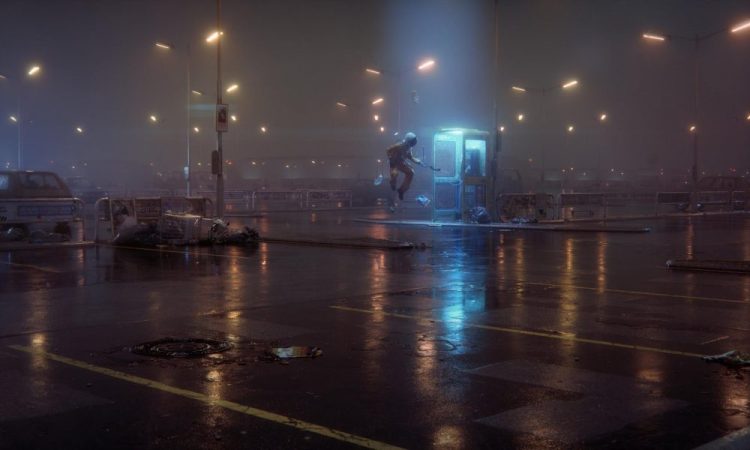The road to photorealistic VR is long, but Otoy is helping to shorten it with the integration of its technology into the free version of Unity.
The company announced last month that its Octane Renderer would be coming to the world’s most popular game development engine, allowing users to import its ORBX file format to view them within the engine. It’s a huge step forward for creating visually believable VR environments; Otoy is employing lightfield technology to create scenes that are practically indistinguishable from real life, and the Octane Renderer gives everything a cinematic look. You could import a simple item from the Unity asset store, apply the renderer, and have it look strikingly realistic. ORBX files are also optimized for streaming to take much of the processing load off of the machine running them.
What that means is we could soon start seeing photorealistic VR worlds on hardware that’s not even remotely powerful enough to support this sort of graphical fidelity on its own processors. Today, we have an exclusive look at more features Otoy’s Unity integration will enable.
CEO Jules Urbach runs us through them in the video. He talks about the importance of scene baking, including the advances they’ve made in using the process but still offering 6 degrees of freedom within a scene, as well as adding real-time dynamic elements. These are quite complex components, so we’ll let him do the talking, but you can look forward to these features and others when Unity support is introduced at an undisclosed time later this year.
Speaking to UploadVR, Urbach revealed that the company will go into more detail on many of these features at GDC next month. He said the company will be “showing the full spectrum of our VR and AR/MR content pipeline for artists and developers for the first time. This covers Octane scene-baking at the simplest level, to more advanced light field rendering and streaming powered by Octane integrated tools and streamed to a full 6DOF MR stack on ODG’s R8 and R9 glasses.
“We will also be doing a deep-dive presentation with PowerVR on our initial results leveraging next generation of ray tracing hardware in Octane 4.”
Otoy will also be giving hands-on demos and walkthroughs of both Octane and ORBX “for generating light fields and streaming VR/MR applets, as shown in the video. These can be published to public URLs and played back on the Gear VR through Oculus Social framework, as well as additional mobile HMDs devices through the Samsung Internet WebVR browser.”
This story originally appeared on Uploadvr.com. Copyright 2017
VentureBeat's mission is to be a digital town square for technical decision-makers to gain knowledge about transformative enterprise technology and transact. Learn More

